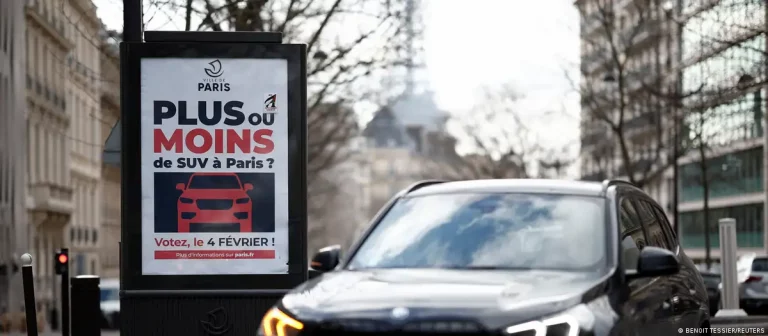Defining experience design
Bob Jacobson and Paula Thornton of Total Experience just opened a discussion (which is also taking place on this blog – see comments) on defining experience design and on the future of their professional blog. Here is their working definition of experience design:
“Experience design is about the design of environments — from conception through deployment – that convey an idea, engender an emotion and catalyse action.”
Meanwhile, Nathan Shedroff just updated his own evolving glossary of experience design.




It’s great to see them doing this. Back when I was one of the four (at the time) co-authors of the blog, we were seriously foundering given the inconsistency, lack of a mission or vision. I urged the group to agree on how we would be using this blog to forward the practice (etc.) but was met with silence, or (strangely) the assertion that there was actually no problem with what we were (or weren’t) doing.
Much later now, I guess they’ve had second thoughts – or maybe the time and bandwidth to better process the goals. I wish them luck with it!
Thanks, Steve, for the historical context. The problem of floundering, however, wasn’t ours alone: the entire field suffers from a lack of definition.
Plus, ideas from experience designers are being poached constantly, resulting in a diffusion of focus from a linguistic standpoint.
Now, by constraining our attention to the category of intentional environments, we avoid having to follow every new soup can that’s foisted on the consumer and every other product, webscreen, or process — an infinite subset — with an experiential aspect. We can stick to experiential design per se.
We welcome PPF readers and others to come join the conversation at Corante.com!
One more thing: our focus differentiates us from the many “Experience Design Blogs” featured as links on PPF.
Most notably, we’re not “customer-oriented” as a first condition. Business solutions are interesting, but not a sufficiently broad category of experience designs. The Pyramids, the Holocaust Museum, and a themed entertainment at Disney World have little or nothing to do with “customers” or “consumers.”
As a corollary, we’re not concerned with Web-based “experiences” (which remind me, at least, of reading Sears catalogs) or other similarly skinny situations.
Having established our non-business credentials, let my add: we believe business can benefit by incorporating in its workings an honest, comprehensive, and objective approach to design, including experience design. In the case of companies whose business is based on the design of experiences, this is even more the case. But serving business isn’t the No. 1 priority for experience designers or us as we critique experience design.